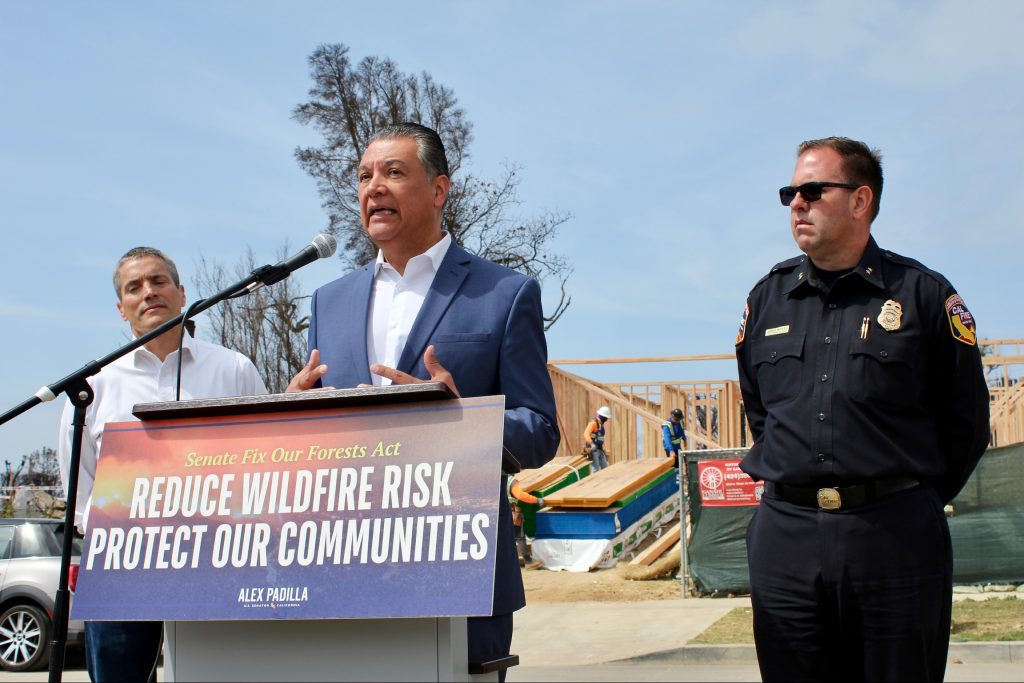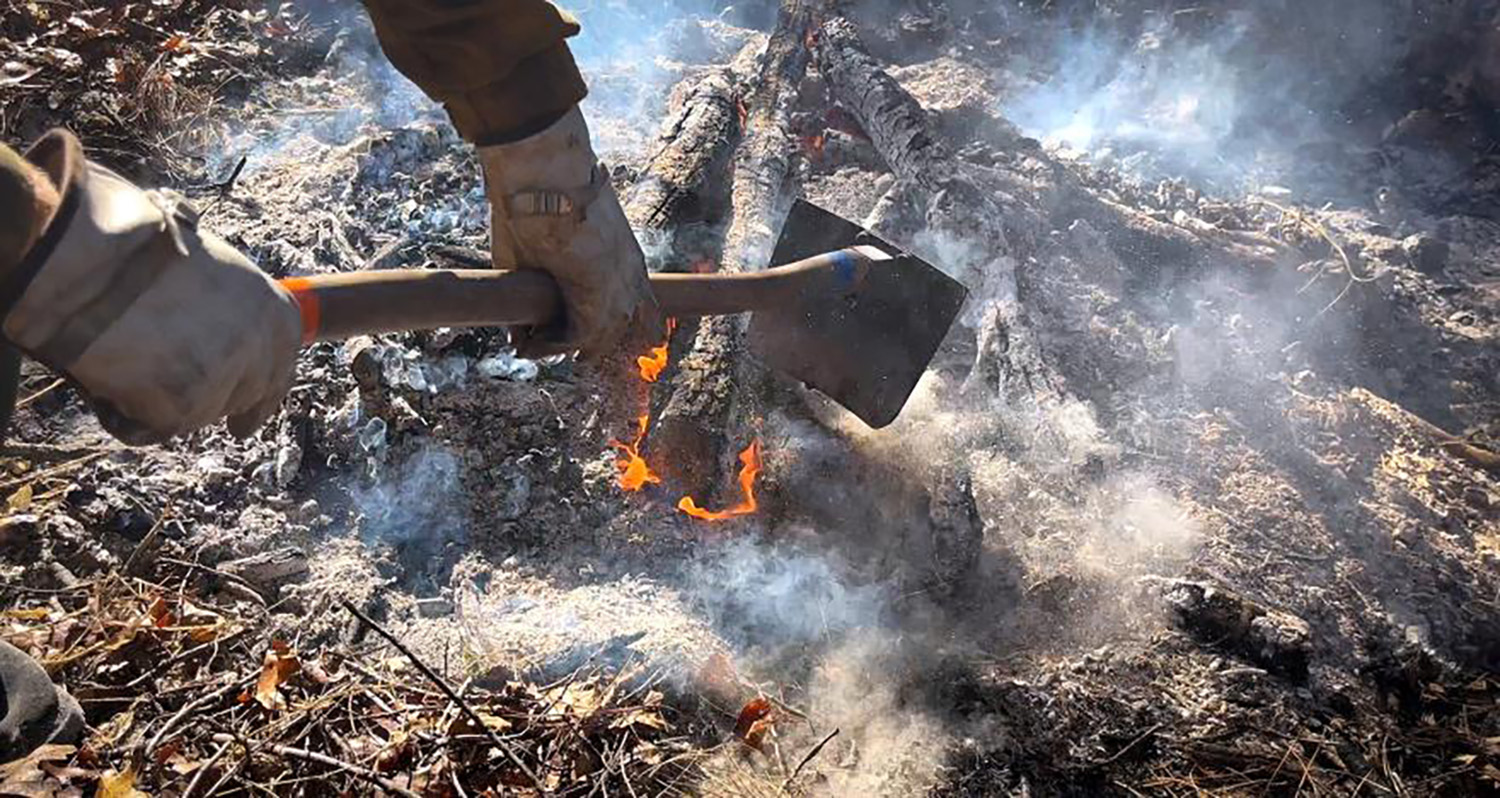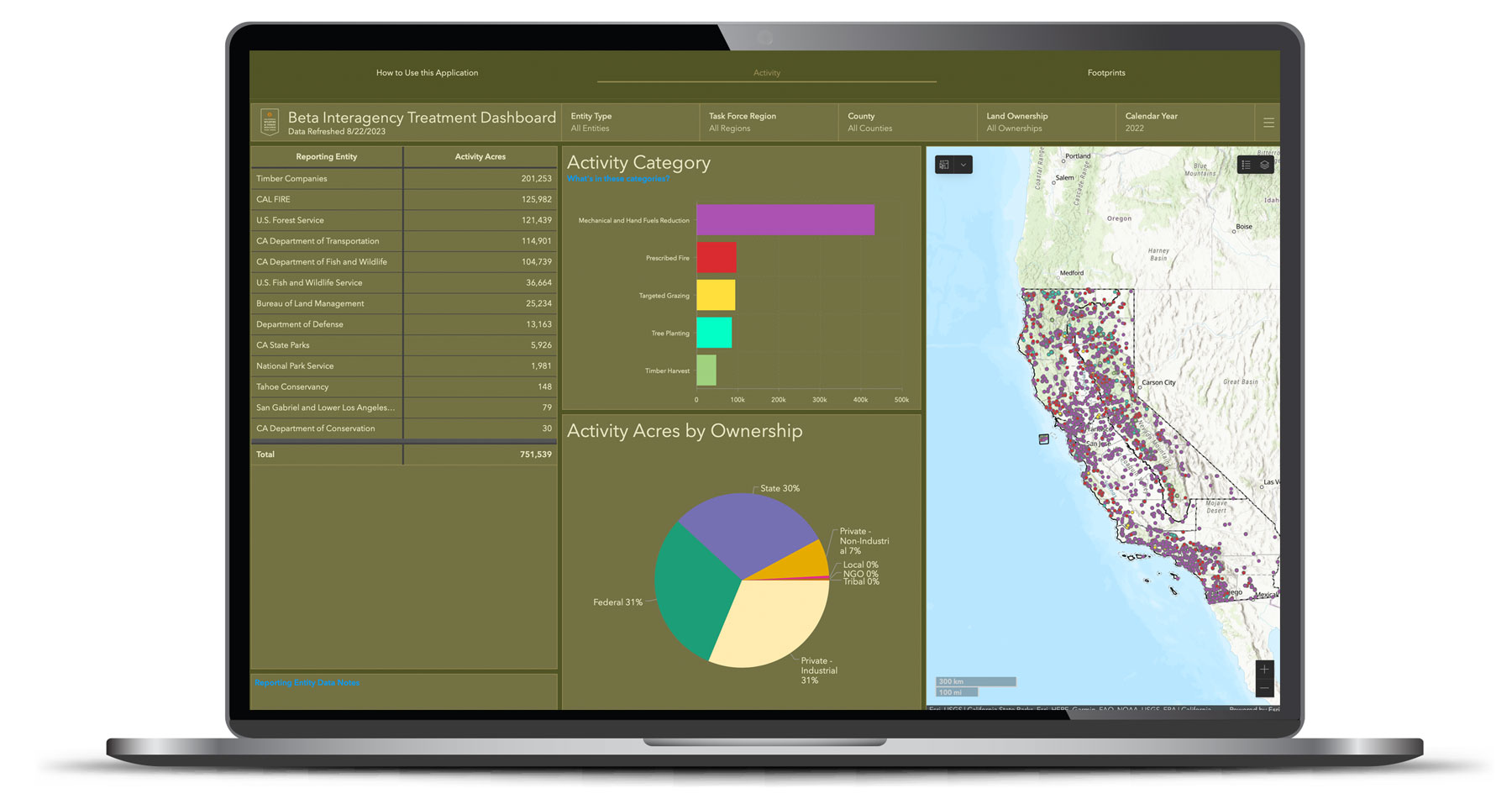Senator Padilla and Western Senators Introduce Fix Our Forests Act to Reduce Wildfire Risk

Senator Padilla and Western Senators Introduce Bipartisan Fix Our Forests Act to Reduce Wildfire Risk
April 11, 2025 – U.S. Senator Alex Padilla (D-Calif.), co-chair of the bipartisan Senate Wildfire Caucus and Senators John Curtis (R-Utah), John Hickenlooper (D-Colo.), and Tim Sheehy (R-Mont.) introduced the Fix Our Forests Act. This bipartisan legislation aims to combat catastrophic wildfires, restore forest ecosystems, and make federal forest management more efficient and responsive. The bill reflects months of bipartisan negotiations to find consensus on how to best accelerate and improve forest management practices, streamline environmental reviews, and strengthen partnerships between federal agencies, states, tribes, and private stakeholders. Key provisions specific to California include:
-
- Establishing a Wildfire Intelligence Center to serve as a national hub for wildfire intelligence, prediction, coordination, and response. This joint office would be comprised of the Departments of Agriculture, the Interior, and Commerce that is modeled after the National Weather Service. The center would modernize and unify wildfire management by leveraging real-time data, science, and interagency collaboration to better prepare for wildfires, assist with decision-support during a crisis, inform recovery, and streamline federal wildfire response.
-
- Establishing an interagency program to coordinate federal wildfire risk reduction efforts across 10 federal agencies through research, development of fire-resistant construction standards, hazard mitigation, and public-private partnerships. The program would provide a uniform application for multiple wildfire-related grants, streamline technical assistance, and mandate coordination with non-federal stakeholders.
-
- Increasing the use of prescribed fire on both federal and non-federal lands by prioritizing large, cross-boundary projects near wildland-urban interfaces, Tribal lands, high-risk fire zones, or critical habitats. It also strengthens the prescribed fire workforce by streamlining supervisory certification requirements and enhancing interoperability between federal and non-federal practitioners.
-
- Allowing electric utilities with permits or easements on National Forest System or BLM land to cut and remove vegetation near power lines without requiring a separate timber sale (if done in compliance with applicable plans and environmental laws). If the vegetation is sold, proceeds must be returned to the federal government.
-
- Streamlining land management projects by authorizing emergency authorities to increase the pace and scale of wildfire risk reduction projects on federal land. It includes appropriate guardrails to avoid abuse of these authorities and prohibits using emergency authorities for projects not aimed primarily at reducing wildfire risk or protecting communities. This would Increase the acreage limit of streamlined projects for wildfire resilience projects, fuel breaks, and insect and disease projects from 3,000 acres to 10,000 acres.
Federal Climate Financial Report Demonstrates Need for Proactive Action on Wildfire Resilience

Federal Climate Financial Report Demonstrates Need for Proactive Action on Wildfire Resilience
Over the last decade, suppression has cost the USFS and the Department of the Interior an average of more than $3 billion per year. The Climate Financial Risk report provides estimates for 10 future climate scenarios and a wide range of projections for fire extent and fire suppression spending. A central estimate across the 10 future climate scenarios shows that lands in the National Forest System would experience a near doubling of the area burned by mid-century (2041-2059) and a 42% increase in costs by 2050, to $3.9 billion. Anticipated increased costs of fire suppression due to climate change brings additional urgency to the need for proactive wildfire risk reduction treatments and efforts to protect and prepare communities ahead of wildfires.
New Online Treatment Dashboard to Track Wildfire Resilience Projects

New Online Treatment Dashboard to Track Wildfire Resilience Projects
On August 29, the Governor’s Wildfire and Forest Resilience Task Force launched the beta version of a first-of-its-kind Interagency Treatment Dashboard beta that displays the size and location of state and federal forest and landscape resilience projects in California.
The dashboard offers a one-stop-shop to access data, provide transparency, and align the efforts of more than a dozen agencies to build resilient landscapes and communities in California. It reports treatment activities such as prescribed fire, targeted grazing, uneven-aged timber harvest, mechanical and hand fuels reduction, and tree planting. Users can sort treatments by region, county, land ownership and more.
The beta version of the dashboard will continue to be refined to include additional data, including projects by local and tribal entities, along with revisions based on public feedback. An official launch is expected in spring 2024 with more complete data on projects implemented in 2022.
